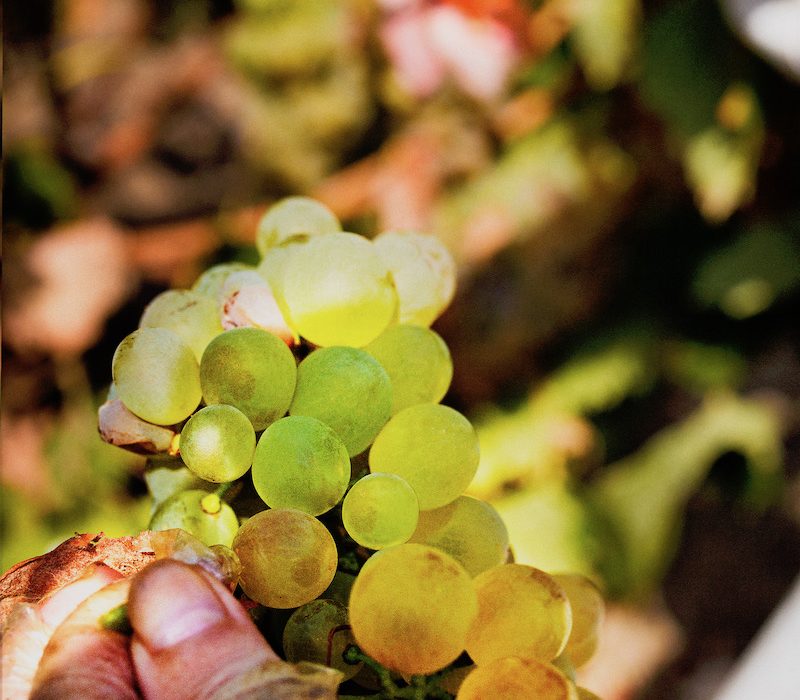
The white Vermentino grape is the most recently introduced among the traditional Sardinian grape varieties. Also coming from the Iberian Peninsula, it arrived in the last century, via Corsica, on the Gallura coasts, where it found its ideal habitat in the vineyards on granite decay. It is a particularly widespread vine in northern Sardinia, affecting the areas of Anglona, Nurra, Logudoro and especially Gallura. The resulting wine is one of the most classic and renowned in Sardinia, and is certainly one of the best table whites. The plant is vigorous and guarantees a constant and abundant production when raised in the plains, in alluvial and deep soils. Rather sensitive to bad weather and to cryptogams (except powdery mildew), the grapes ripen quite late. The bunch is medium to large, the berries rather large with amber or greenish yellow skin depending on the vintage, plum, consistent; the pulp is transparent with a delicate flavor.
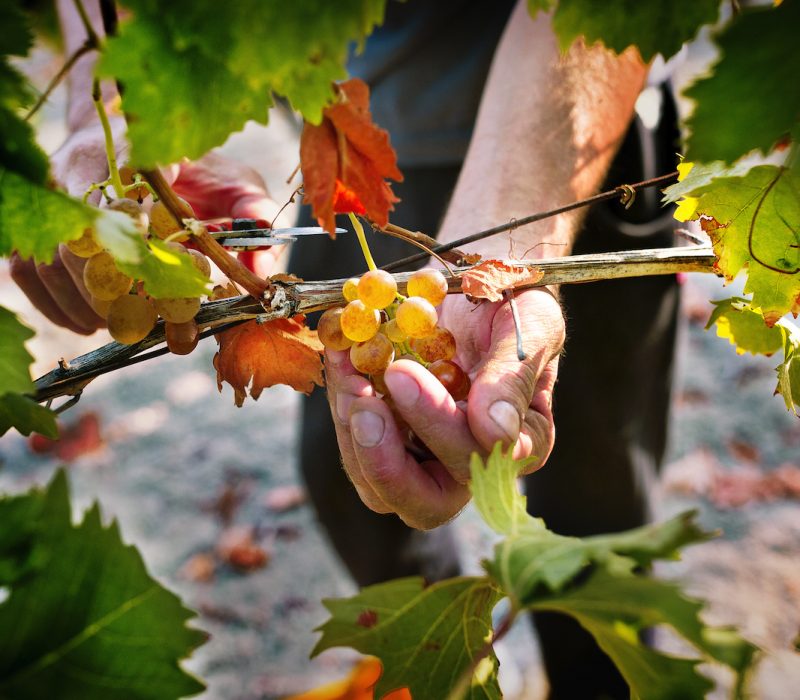
Moscato
the pulp is semi-dissolved, greenish, very sweet, the stalk not very developed, of medium thickness.It has found in the island the ideal location for its diffusion, in particular in the hot climate areas that allow to obtain a distinctly aromatic grape and very rich in sugars.The areas most interested in its cultivation, in addition to the Campidano plain of Cagliari, are in the provinces of Sassari, the vineyards around Sorso, Tissi, Alghero and in Gallura.It should be noted, however, that the Moscato grapes produced in the upper Gallura, that is, in the vineyards around Tempio, Luras and Calangias, are less sugary, more aromatic and rich in acids than that of Romangia and Campidanese.
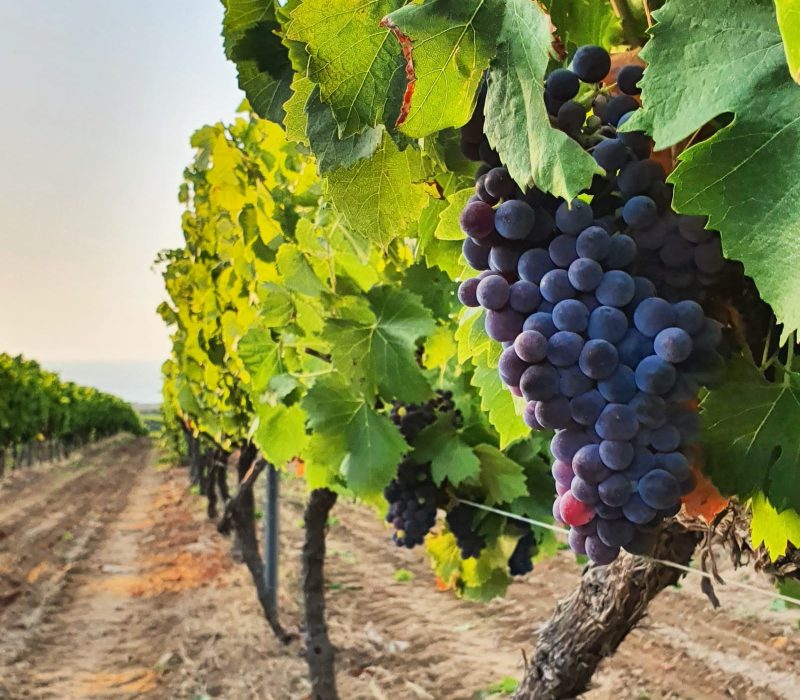
Cannonau
The red Cannonau grape was probably brought to Sardinia by the Spaniards (presumably this variety was Canonazo from Seville and Granaxa from Aragon) and found here, in the center of the Mediterranean, the ideal conditions, from a pedoclimatic point of view, for its settlement. In the south of France, in the Aosta Valley, in Algeria and Tunisia, the grape is Grenache. Today Cannonau is the most widespread grape variety in Sardinia: its cultivation affects the whole island from the far north (Romangia) to the far south (Capoferrato) The Cannonau grape has a rather late ripening ranging from the end of September to first half of October. Sometimes the cut bunch is left at the foot of the vine for a few days in order to increase the sugar content. Cannonau grape does not contain a high quantity of coloring substances, but on the contrary it is rich in fragrant ones so that the wine made from it has a particular, unmistakable taste, extremely pleasant as well as light and delicate. The bunch is medium, short and tight; the berries are medium, round, with a thin but firm pruinose skin, of a purple-black color, the pulp is soft with a neutral flavor, slightly pinkish juice.
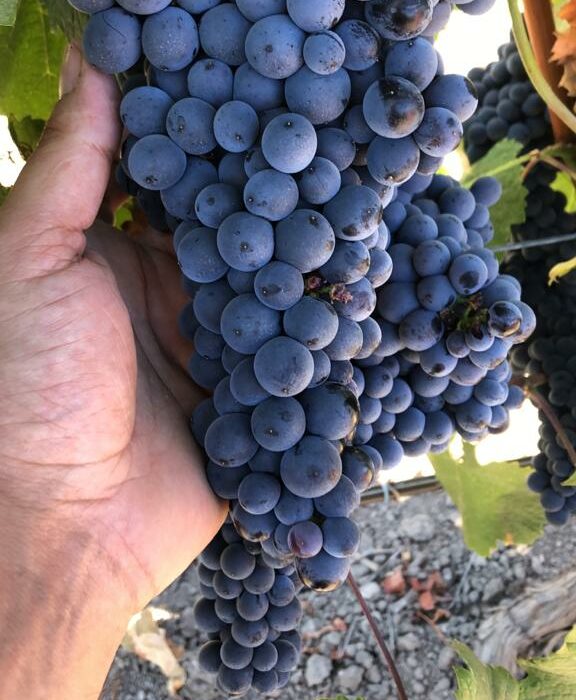
Cagnulari
The red Cagnulari vine was introduced in Sardinia probably during the Spanish domination. It is cultivated, in the province of Sassari, mainly in the Nurra, in the Anglona and, to a lesser extent, in the Gallura. It is a vine that does not have particular needs regarding the climate, also because it sprouts late, nor the composition of the soil. It is generally bred as a sapling. Production is abundant and fairly constant. The grape is generally vinified together with that of other varieties, in particular with that of Cannonau in order to mitigate the sometimes too pronounced characteristics of the latter. Ripening is late and falls towards the end of the grape harvest period. The cluster is pyramidal, composed, very tight; medium round berries, pruinose skin, very thin, black in color, soft pulp with a simple, sweet flavor.
Our stores

